Tractor Implement Management (TIM)
Enter the comfort zone
- June 13, 2022
Comfort increase, labour-saving, increasing efficiency, smart farming.
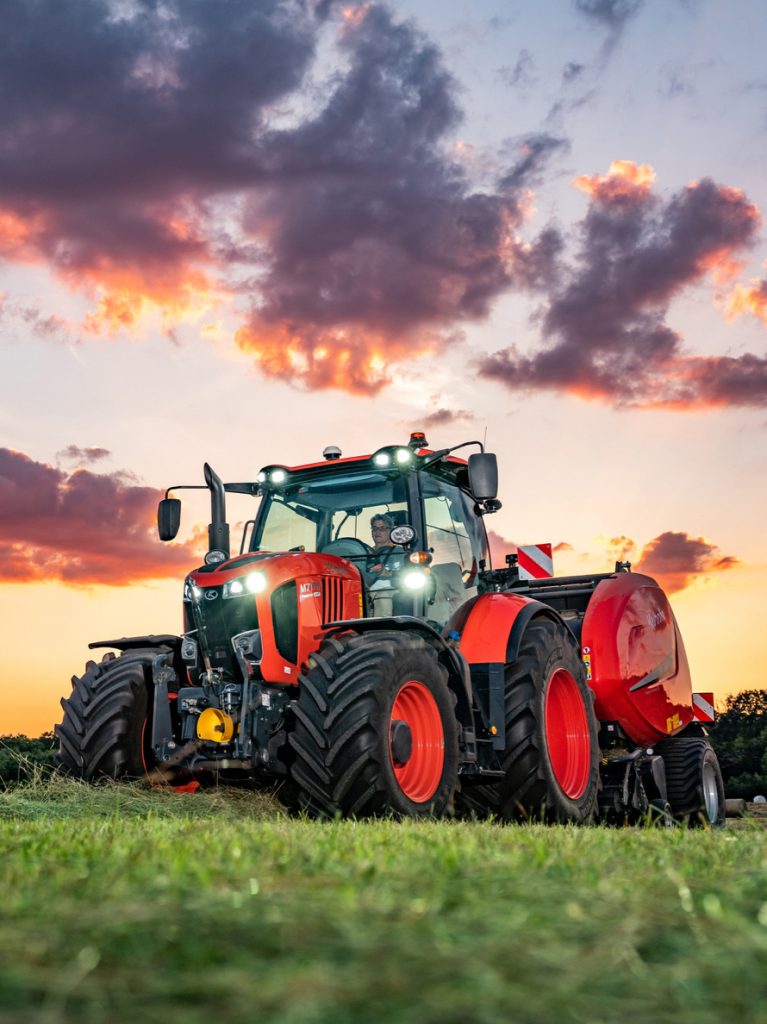

The Challenge
How can tractor drivers ease their workloads and increase efficiency at the same time?
Farm equipment keeps getting smarter, that’s plain to see. Modern tractors are much more advanced than they were 30 years ago. The same goes for implements like balers, ploughs, seeding machines, and fertiliser spreaders. And yet… farmers can’t reap the full benefit of technology if tractors and implements don’t work well together. In fact, operators can be left having to control two very advanced machines at the same time, resulting in a lot of time-consuming and repetitive tasks.
What are the benefits of the Tractor Implement Management (TIM)?
- Smart cross-manufacturer ISOBUS solution
- Allows implement to control tractor functions
- Saves time and increases efficiency
- More comfort for tractor operators
The Solution
A smarter way for tractors, implements and operators to work together.
So how do you get tractors and implements to cooperate? Can they work as a team? At Kubota, we like to start with the human factor when we think about smart farming. That means the first beneficiary of technological advance should be the operator. We also have to think about the concept of cooperation more broadly and that’s why we are core members of the Agricultural Industry Electronics Foundation (AEF). The AEF is an independent organisation that brings together important manufacturers and associations with the aim of improving cross-manufacturer compatibility of electronic and electric components in agricultural equipment.
Alex explains Tractor Implement Management (TIM)
Talking the same language: Tractor Implement Management (TIM)
In 2009, the AEF started working on secure communication between machinery from different manufacturers. The result was TIM, the Tractor Implement Management (TIM). It is a cross-product and cross-manufacturer ISOBUS solution, that enables the implement to control certain tractor functions. Tractor Implement Management (TIM) automates a number of operations which need the coordination of the tractor and implement and thereby saves the operator a lot of repetitive and tiring work.
Making baling smoother and easier
A good-quality tractor with a good-quality baler can do fantastic work, but they depend highly on the skill-set of a very busy driver, repeating routine actions over and over. A day of baling can be very long, and each bale can typically require ten steps:
1. Press the accelerator pedal
2. Steer along the windrow
3. Depress the brake pedal
4. Binding starts
5. Reduce engine speed
6. Activate auxiliary valve (extend)
7. Confirm bale ejection
8. Activate auxiliary valve (retract)
9. Increase engine speed
10. Release the brake pedal
With Tractor Implement Management (TIM) onboard, the operator only has to concentrate on the first two steps:
1. Press the accelerator pedal
2. Steer along the windrow
3. Depress the brake pedal
4. Binding starts
5. Reduce engine speed
6. Activate auxiliary valve (extend)
7. Confirm bale ejection
8. Activate auxiliary valve (retract)
9. Increase engine speed
10. Release the brake pedal
Key advantages in baling
The Tractor Implement Management (TIM) really comes into its own in baling operations where the working windows are often narrow due to weather conditions. The work is completed more quickly and with higher bale quality. Contractors and large farms in particular benefit from the user-friendliness of the technology, which can be quickly mastered by operators. The cost aspect is another factor to bear in mind: the highly efficient use of the baler with Tractor Implement Management results in lower costs for parts that wear out, fuel, tyres and so on.

Automation improves comfort and efficiency
Not only does Tractor Implement Management (TIM) increase the operator’s comfort, it also increases the quality and efficiency of the work and saves time. For every 100 bales, it can save up to 800 operations such as braking, starting the binding, reducing or increasing engine speed, accelerating, etc.
It also increases efficiency by automatically detecting the best times for necessary operations, such as when the bale chamber is full or when the tailgate needs to be opened or closed. Manual delays or errors are significantly reduced.
Kubota TIM M7003 KVT
Functions that can be controlled by the implement

- PTO – rear (speed and command for switching on and off): e.g. a seed drill
- 3-point linkage – front* (position command): e.g. a mower
- 3-point linkage – rear* (position command): e.g. a fertiliser spreader or seed drill
- Travel speed (direction, speed setpoint values): e.g. a baler
- Selective control devices (flow and status command): e.g. telling the baler to open the tailgate
- Front PTO* (speed and command to switch on and off): e.g. a front tank
* these additional Tractor Implement Management (TIM) functions will be available in the near future
Letting the implements do the work
Tractor Implement Management (TIM) uses the ISOBUS interconnection “language” to communicate between tractor and implement. It even allows communication between the agricultural equipment of different manufacturers. Whereas in other tractor-implement systems the tractor controls the implement, here we have bidirectional communication. In other words, the implement can control tractor functions such as forward speed. The implement requests the services it needs from the tractor in order to operate in the most efficient way.
Which implements work with Tractor Implement Management (TIM)?
Tractor Implement Management (TIM) is an open ISOBUS automation solution set up by the Agricultural Industry Electronics Foundation (AEF). It works with AEF-certified tractors and implements. You can easily find a range of tractors and implements from different manufacturers that are compatible with Tractor Implement Management (TIM) functions at www.aef-isobus-database.org. To use it, you need to unlock the system with a licence, which can be purchased from your dealer. Some Kubota tractors, like the M7003 come with Tractor Implement Management (TIM) as an option and can be controlled not only by Kubota’s Tractor Implement Management (TIM) round baler, but by all AEF-certified Tractor Implement Management (TIM) implements.
The People
“The technology is really easy to use even for non-experts.”
Jean François Vanel, Farmer, Normandie, France
Jean François Vanel and his wife run a farm in Normandy with 80 hectares of arable cereals plus 50 hectares of hay for their organic beef cattle. He told us about his baling: “We are doing 2000 to 3000 bales per year. We are doing long tiring working days, and it’s always good to get rid of numerous repetitive actions when doing round bales.
The Tractor Implement Management (TIM) technology is really useful on this point, as the baler and tractor can manage the actions by themselves. The technology is really easy to use even for non-experts.”

UN Sustainable Development Goals




The Tractor Implement Management (TIM) contributes to the UN Sustainable Development Goals of achieving zero hunger, promoting good health and well-being, encouraging decent work and economic growth, and establishing partnerships to achieve the overall goals.
Explore other stories from our brands
How should we address the great challenges of our time? Can we shape a better future together?
The Kubota Group wants to lead the way with innovative solutions for agriculture.

Kubota Engines | Innovative engine solutions
Kubota engine solutions contribute to carbon neutrality
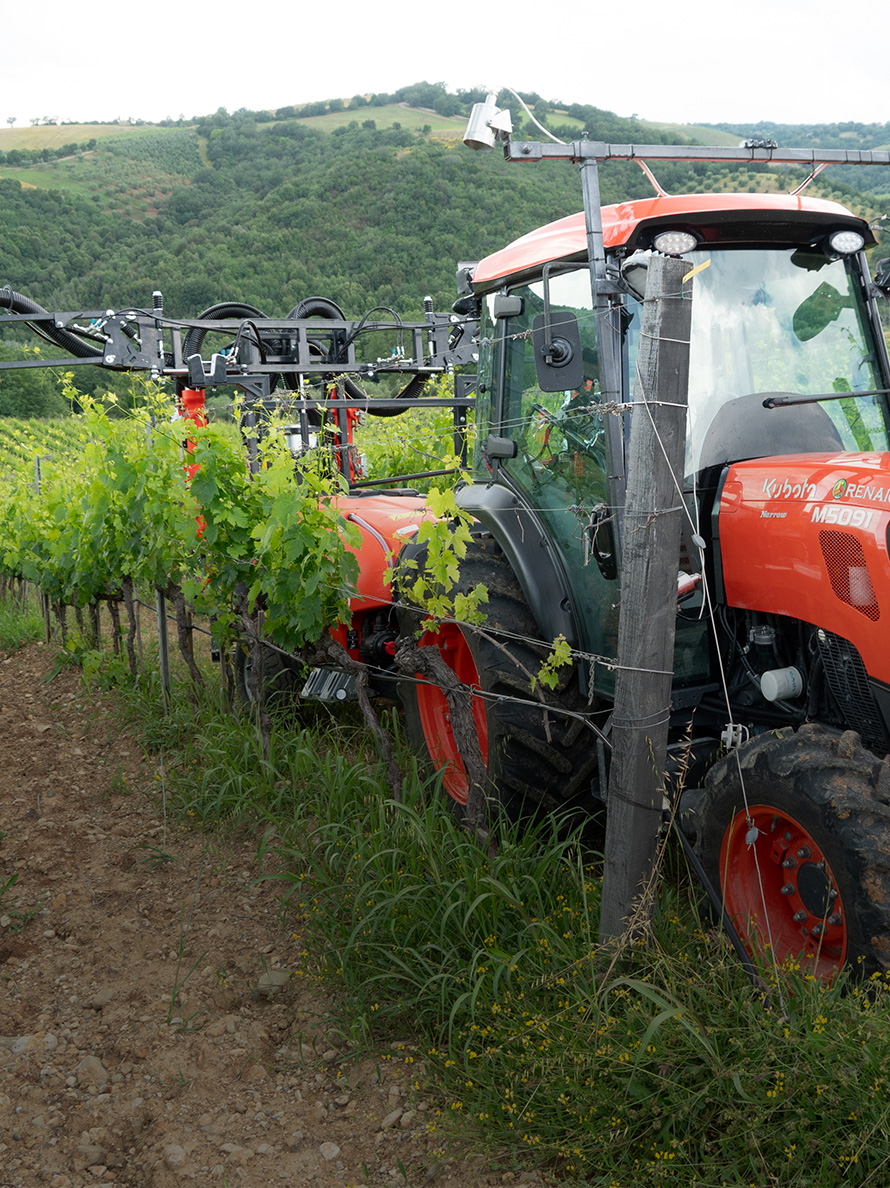
Kubota | Precise Vine Management
Combining crop sensing and state of the art technology in vineyards enhances vine and environmental health while improving crop quality and yield.
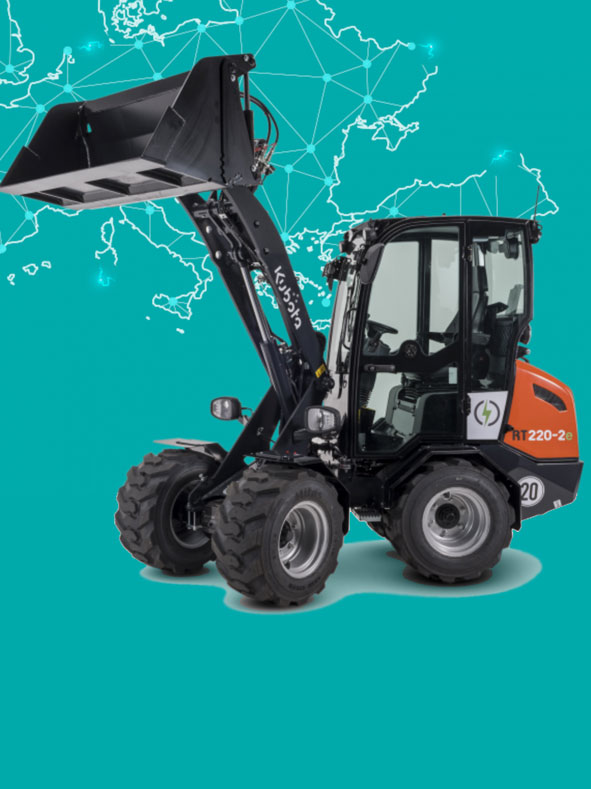
Kubota | Electric compact wheel loaders
Kubota electric wheel loaders offer high performance while producing zero carbon emissions.

Great Plains | True View – Soil Mapping Solution
Real-time soil sensing detects minute variances in soil content and conditions. Based on this data, soil maps provide a highly accurate field profile.
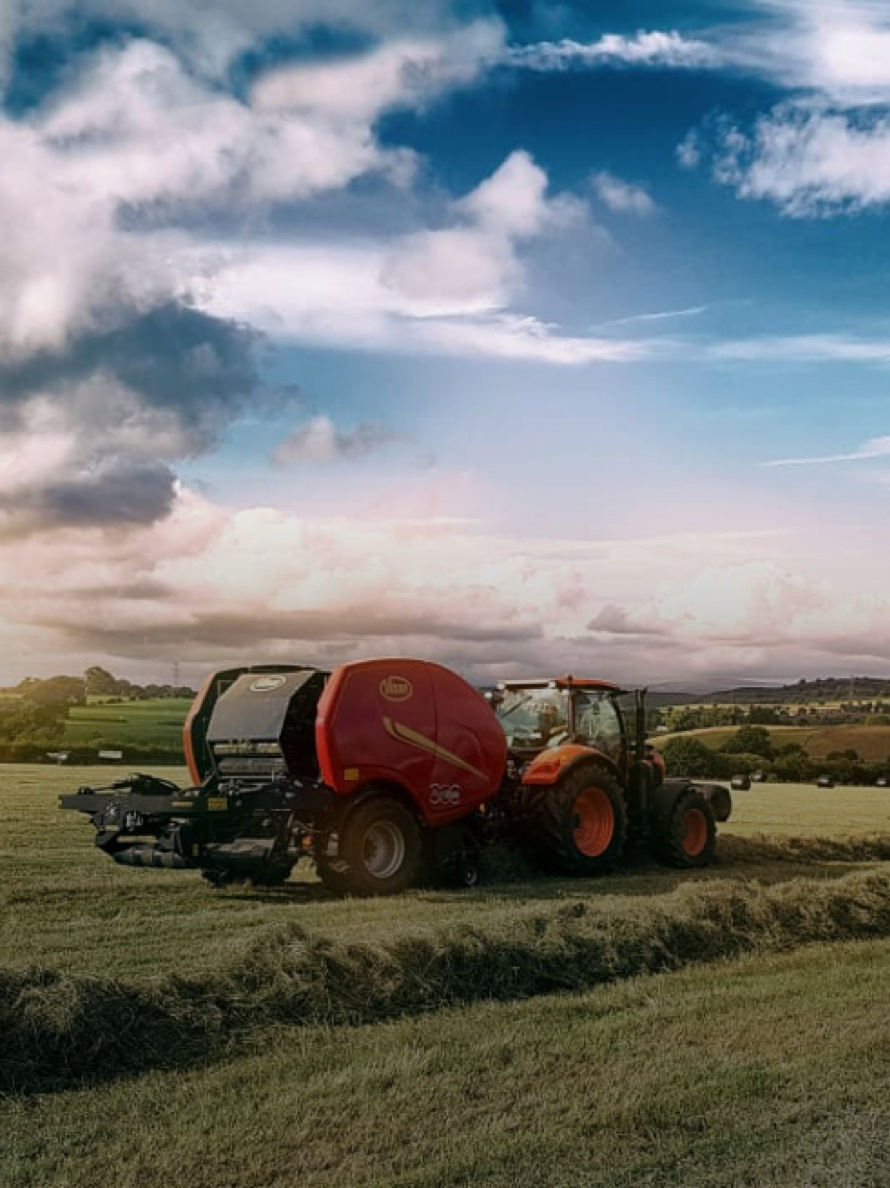
Vicon FastBale non-stop fixed chamber baler-wrapper combination
Unique non-stop baler-wrapper Combination
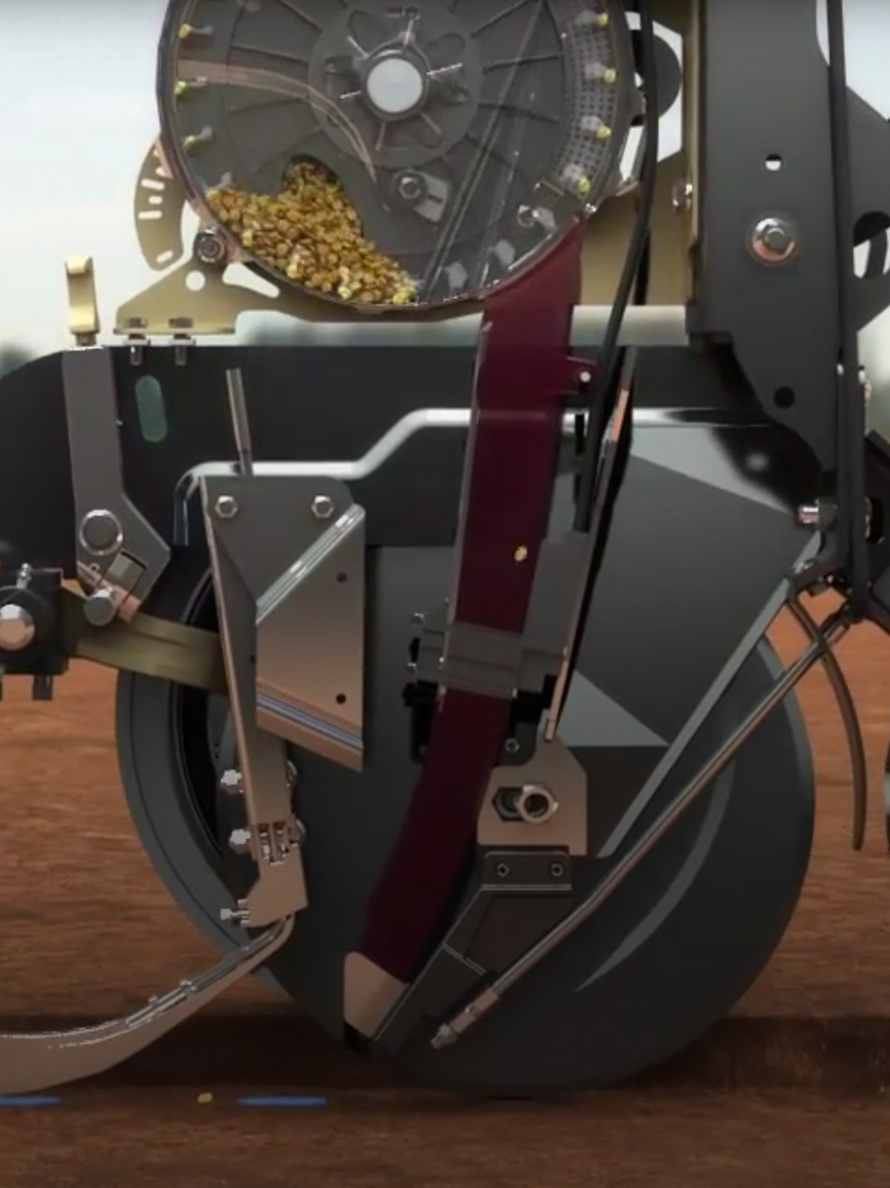
Great Plains | AccuShot precision seed fertiliser
The best start for each seed

Kverneland | PUDAMA
100% yield with 25% less starter fertiliser!
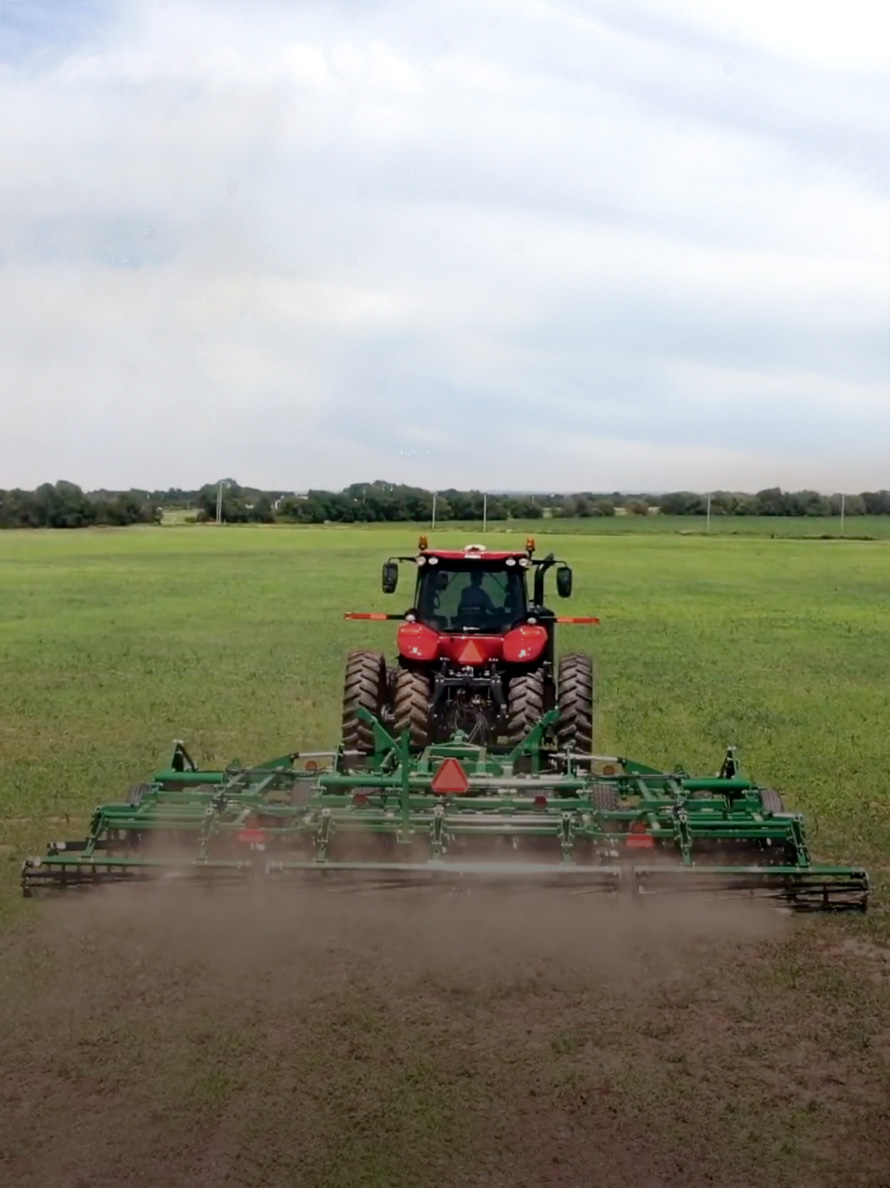
Great Plains | Implement Command
Improving tillage comfort

Kubota | Precision Tree Management
Drone imaging for better fruit crops
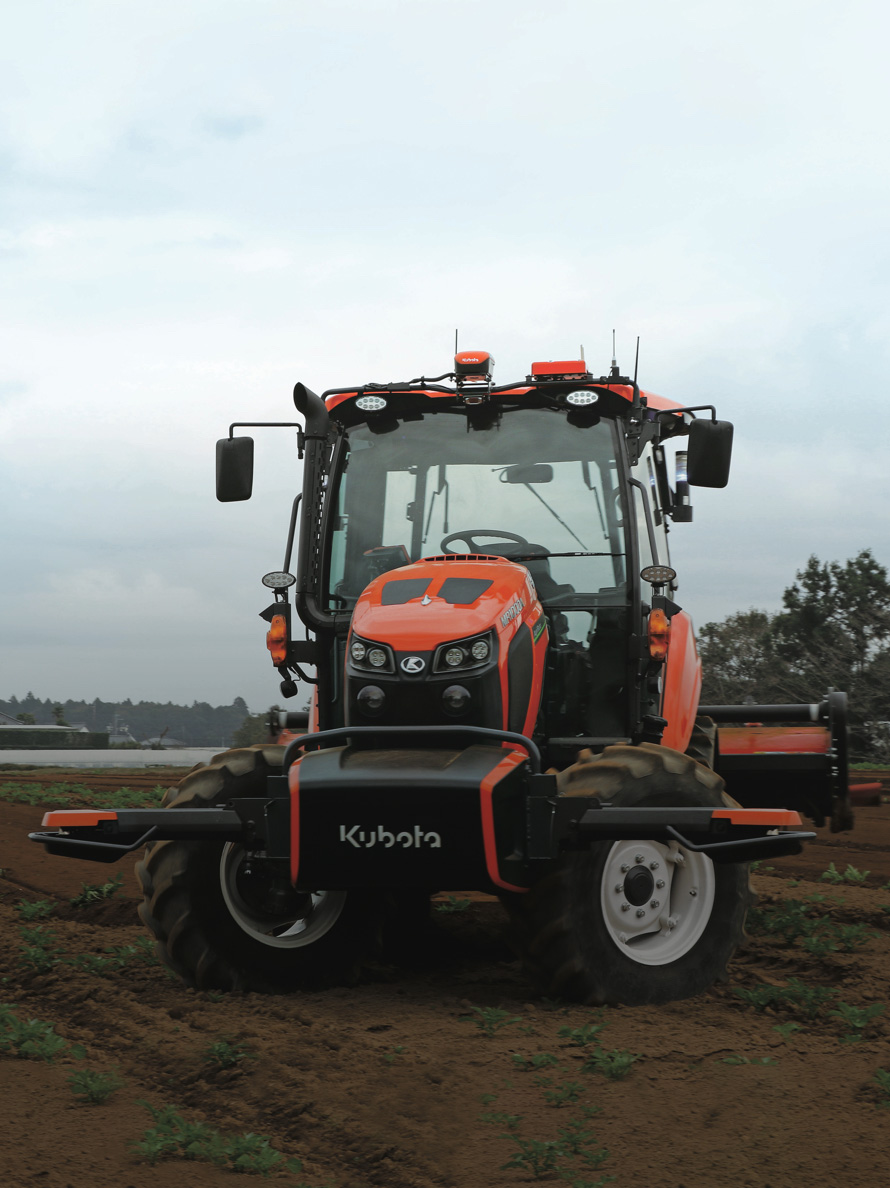
Kubota | Agri Robo MR1000A
The labour saver